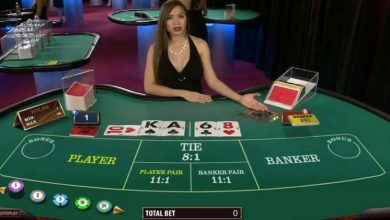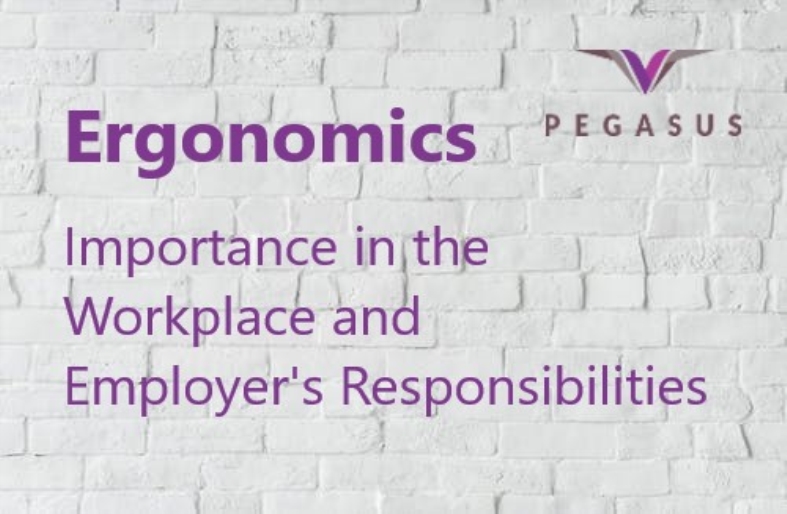Value Betting • See how to know if you make good bets

The great philosophers lived when sports betting was not as popular as today. However, if they lived today, they would certainly use that old cliche: gambling is an art.
And it’s true. Doing good analysis and finding opportunities to beat the odds presented by bookmakers takes a lot out of the gambler. And, for that, it is essential to work with value bets in online sports betting bonuses in Naija.
But, after all, do you make good bets? And, more importantly, do you know how to assess whether a bet was good or bad regardless of the outcome of a match? That’s what we’re going to talk about in today’s article.
What is a value bet?
A value bet is, in short, a bet made in which the odds offered by the quotes (odds) of bookmakers are less than what we understand as fair. So, we have a favorable trend mathematically and statistically. In the long run, we will settle our bets more often.
If you work in the Financial Market, you’ve probably heard about expected value. The idea is the same but applied to sports betting. In other words, we must bet on events whose chance of success is greater than the quotations suggest.
Remember that you can personally calculate bookmakers’ odds for sporting events. Just divide the number one by the presented odds, as we did below, with three random quotes:
@ 1.83 = 1 / 1.83 = 54.6%
@ 2.00 = 1 / 2.00 = 50.0%
@ 3.40 = 1 / 3.40 = 29.4%
Let’s imagine a coin toss situation to make the concept even clearer. This is a great example in that the odds are equal. Each side has a 50% probability for both heads and tails. As we’ve already seen, a fair odds for this event is @ 2.00.
How does a fair bet work?
A fair bet is an investment made at odds precisely equal to the real scenario. In other words, there is no statistical advantage neither for you nor for the bookmaker. In the case of a coin flip, as the trend is 50% for each side, we can expect half of them as heads and the other half as tails.
In the case of a fair bet, the odds would be @ 2.00. For each side, as we saw in the previous topic. And what would happen if you placed a hundred bets with $ 100 that the result of the toss would be “tails”?
You would win the bet and receive $ 100 wagered half the time. Since 50 times that would result, the profit would be $ 5,000. You would lose the bet on the other 50 we launched, totaling $ 5,000. That is, the long-term trend is to stay at zero to zero. If you’re a loser and a winner at bookmakers, you’re probably making worthless bets like this one.
How does a value bet work?
Now, let’s assume a new scenario: the bookmaker is placing a higher probability for “heads” than for “tails,” according to the odds below:
- “heads” @ 1.80
- “tails” @ 2.20
You could be profitable if you made the same $ 100 tails bet another hundred times. How is this possible? Because your bet has a greater chance of happening (50%) than the bookmaker puts on the odds of @ 2.20 (45.5%).
Let’s understand this. The result of the toss would be the same, that is, 50 times heads and another 50 times tails. So the loss on mistakes would be the same: $ 5,000. But what about our profit on adjustments? They would be $ 6,000. That is, if you find bets with value, you will be able to make a profit in the long run.
We expected a $ 1,000 profit for every hundred bets in this scenario. In a thousand bets, the trend is to earn $ 10,000. And so on.
How to place value bets?
Now that you understand the concept of expected value, we can focus on sports betting. And while it’s not always so easy to set fair odds, it’s necessary to find good bets.
You must understand that a good bettor does not randomly invest in matches in this context. Thus, we need to divide a game into two distinct moments: pre-live and live.
Pre-live value bet
Pre-live bets are bets placed before the game starts. And, especially here, it is essential to apply the concept of expected value that we’ve seen in this article. The odds have to be in our favor. Remember that, in this case, we don’t have the opportunity to see the match when betting.
If you have no way of knowing what will happen, there is no point in guessing an outcome. You are not a seer or forecasting the future, but probability analysis. In this way, a pre-live bettor will look for market asymmetries.
And what would these market asymmetries be? There are two cases, both putting the odds in our favor — something that, statistically, as we’ve already seen, is what will allow you to be profitable in the long run. Are they:
When the line offered by the bookmaker is different from the line, you understand it as fair
The bookmaker offers the fair line but with much higher odds than you thought.
When is it worth making a pre-live bet?
Suppose, for example, a game between Team A and Team B. Also, consider that you see slight favoritism for the home team. So, with that in mind, you understand that this is a fair thing. The house offers a bet on Team A -0.25 with a quote of @ 1.80, for example.
Now, let’s design different scenarios. The first one is that the bookmaker offers something very close to fair, such as a Team A -0.25 to @ 1.83. In this case, we have something very close to what we talk about the currency at a quote of @ 2.00. In other words, even with an odd a little higher than what you projected, it is very close and, therefore, there is no value in placing this bet.
It would be even worse if the odds were below @ 1.80. Even if you believe that Team A will win this match, it will not make sense to bet, as, in the long run, this choice would bring losses. The pre-live bettor’s job, I insist, is pricing. What happens in the game is not in our control.
On the other hand, let’s suppose that the house opens this game with Handicap 0 (the same way as Draw Override). A bet on Team A has value because that’s the mainline; the 0.25 quote is above @ 2.00. Thus, you have an advantage over what you consider fair.
Understand how a pre-live value bet works? The objective is to identify errors from bookmakers instead of making random guesses trying to predict the future.
Value bet on live
When you bet live, however, you have the opportunity to analyze what is happening on the field. I.e., the favorite is pressing? Does the team consider zebras to defend well and create dangerous situations in counterattacks? Is the game setting what you expected before the ball rolled?
When you can see what happens on the field, it’s even easier to find value in your bets. Imagine that same game between Team A x Team B and that, at any given time, the line will continue to be 0.25, but now with higher odds as the game is already in the second half.
However, you see a lot of pressure from Team A. Thus, it becomes valuable to place a bet in favor of the A-team since, if the pressure is tremendous, the chance of victory is much greater than the odds suggest.
How to analyze a value bet?
A common mistake among beginning gamblers is associating good bets with profits and bad bets with losses. This is not true. You can make a good bet, and it doesn’t hit for some short-term variance, just as you can make a profit from a bad bet.
However, in the long run, this will not hold. Good bets tend to bring profits, while bad bets get losses. And therefore, you must evaluate your bets in addition to the bottom line.
So, regardless of the final result, always ask yourself if that bet you made had value or not. This is a significant action to ensure good investments and profit in the long run, avoiding making mistakes that you may identify in the process.





